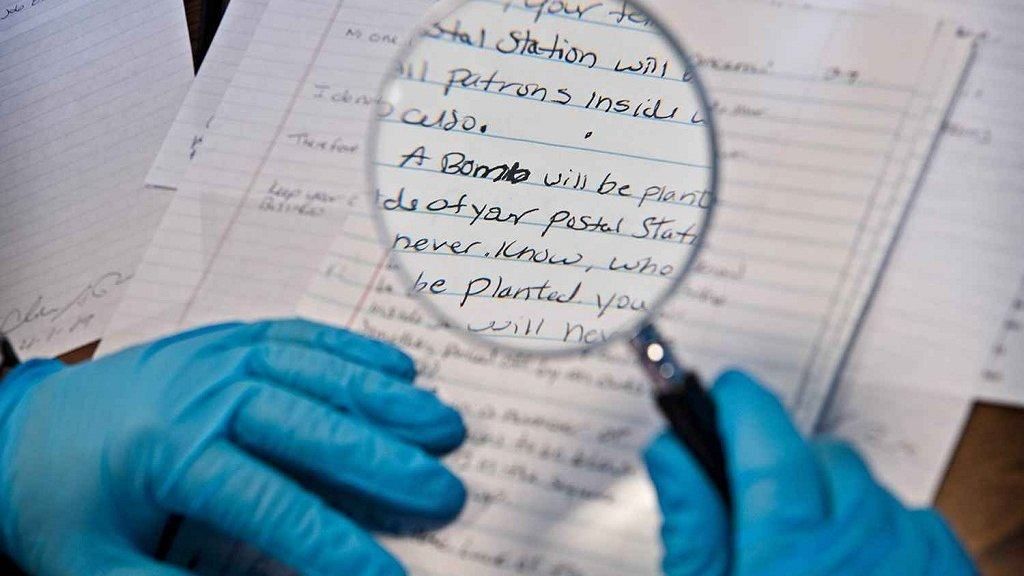Evidentiary Value of Questioned Documents

Questioned documents are documents that are illegal or are devoid of authenticity. Such document related crimes are known to be widely committed in fields of business, banking, finance, government related frauds, art forgery, medical/healthcare fraud to name a few. What is also considered under such crimes are cases of kidnappings, suicides, murders where a note is often left behind by the victim or the criminal. The work a forensic document examiner does is truly significant in helping aid the investigation and also the documents in question provide valuable information that help serve justice to a victim and aim towards convicting the criminal/s involved. Along with the traditional methods applied in document examination, due to an advancement in the modern technologies and programmes in today’s 21st century, the process of document examination has sped up and become more efficient.
The role of a forensic document examiner is to analyse and confirm the authenticity of handwriting samples, indentations on the documents, signatures, analysis of ink used by both pen and type writers etc. If a case involves overwhelming documentary evidence, document examiners can be called to court to testify or give their expert opinion.
When looking at it from a legal point of view, if a questioned document is being questioned on its authenticity, according to Section 45 of the Indian Evidence Act, an expert may be called and asked to give their expert opinion. Documentary evidence thus defined under the evidence act are, ‘all documents including electronic records produced for the inspection of the court.’
Let’s take a look at one iconic case in which the evidential value of questioned documents obtained helped in the litigation and successfully nabbed the perpetrators. Hitler’s diaries that were claimed to have been genuinely written by him turned out to be mere forged documents by a German man with the name of Konrad Kujau during 1981. Germany’s “Stern Magazine” had bought these forged documents thinking they were real for a whopping 2 Million US dollars. One of the journalists working there called Gerd Heidmann kept his source a secret. These were then published in the British newspaper called the Sunday Times in the year 1983. The publications were put up in April, however in May, the West German police department sent these documents for another forensic analysis. During previous forensic analysis before the publications, only the handwritings were analysed but this time the ink as well as the paper were analysed. It was found that the paper contained Blankophor, which was a whitening agent that was manufactured and in use only after the year 1954 and did not exist before that. Even the artificial fabric polyester that was not utilised during Hitler’s time was found on the seals of the diary. After conducting chromatography, there were four different types of ink that were revealed to be used while writing in the diary and shockingly enough these did not exist when Hitler was alive. Further analysis of the ink, via evaporation of chloride from the ink used revealed that the handwriting was less than a year old. Upon investigation it was found that Gerd’s secret source was none other than the forger himself and both of them had conspired in order to gain the huge amount of cash. They were nabbed and imprisoned.
With the continuous and rapid advancement of technology in today’s world, solving crimes has become much more efficient and advanced. It is unreal how the tiniest of details and clues with evidential value have to undergo examination and analysis in hopes of finding a connecting link that ties up the criminal to the crime scene or the victim to the crime scene or the criminal to the victim and hence aids in providing crucial leads for investigation. Every machine and analysis method has an error rate no doubt, but what’s amazing is that if one fails, there’s always another method to back it up or conduct the analysis with; there’s been tons of trial and error being conducted which ensures efficiency of the analysis methods. With the increasing crime rate in today’s world, the role of forensic scientists has become so very relevant and much needed.
References:
● Meerman, R., 2022. Minister’s Malibu: Some big cases – ABC Science Online – the Lab. [online]
Abc.net.au. Available at: https://www.abc.net.au/science/forensic/bigcases/case_sample_03.htm
● “Forensic Document Examination: Introduction”. Forensicsciencesimplified.Org, 2013,
http://www.forensicsciencesimplified.org/docs/index.htm.
– By: Supriya Dhakal